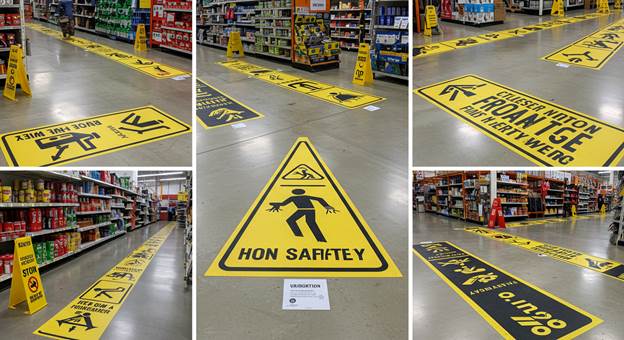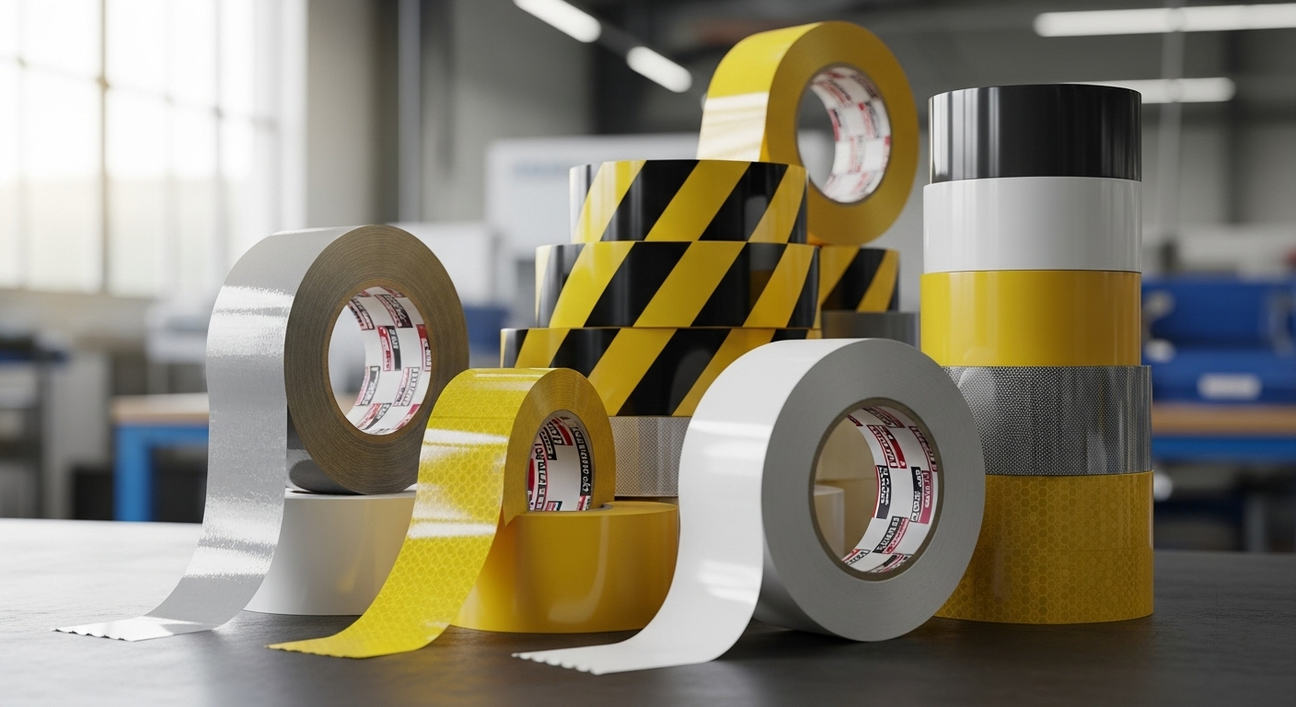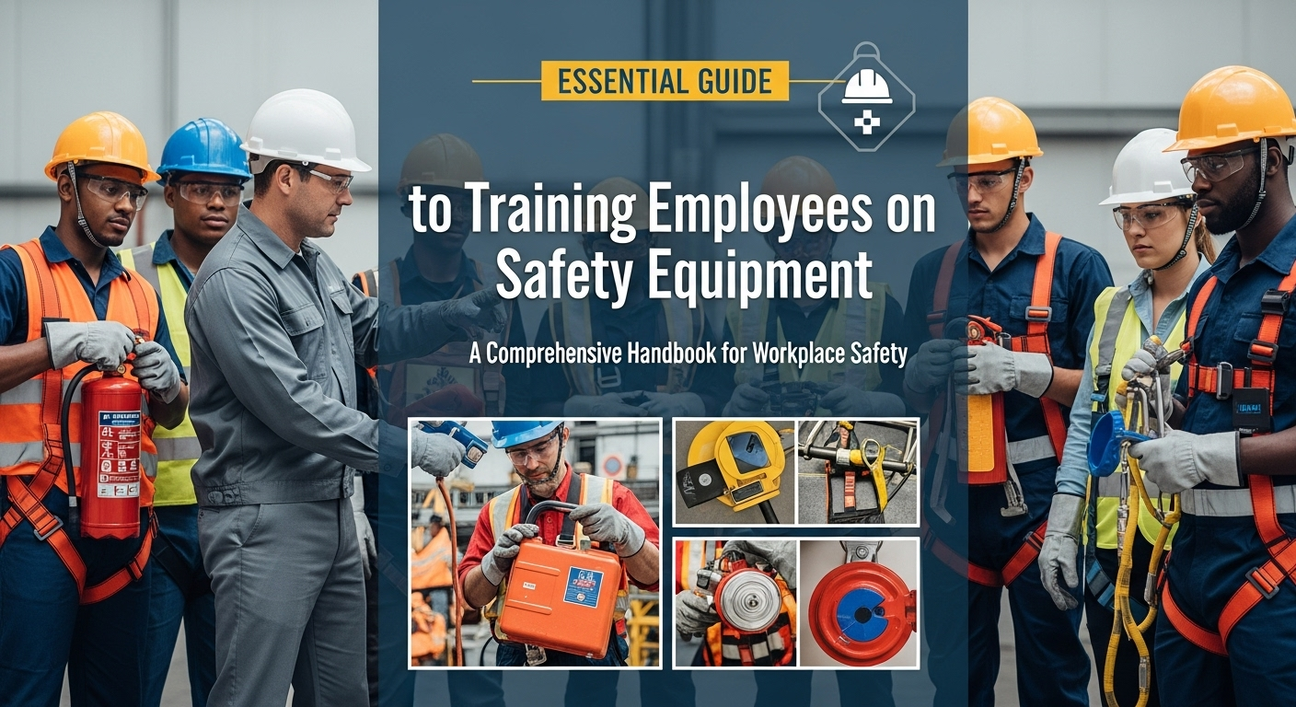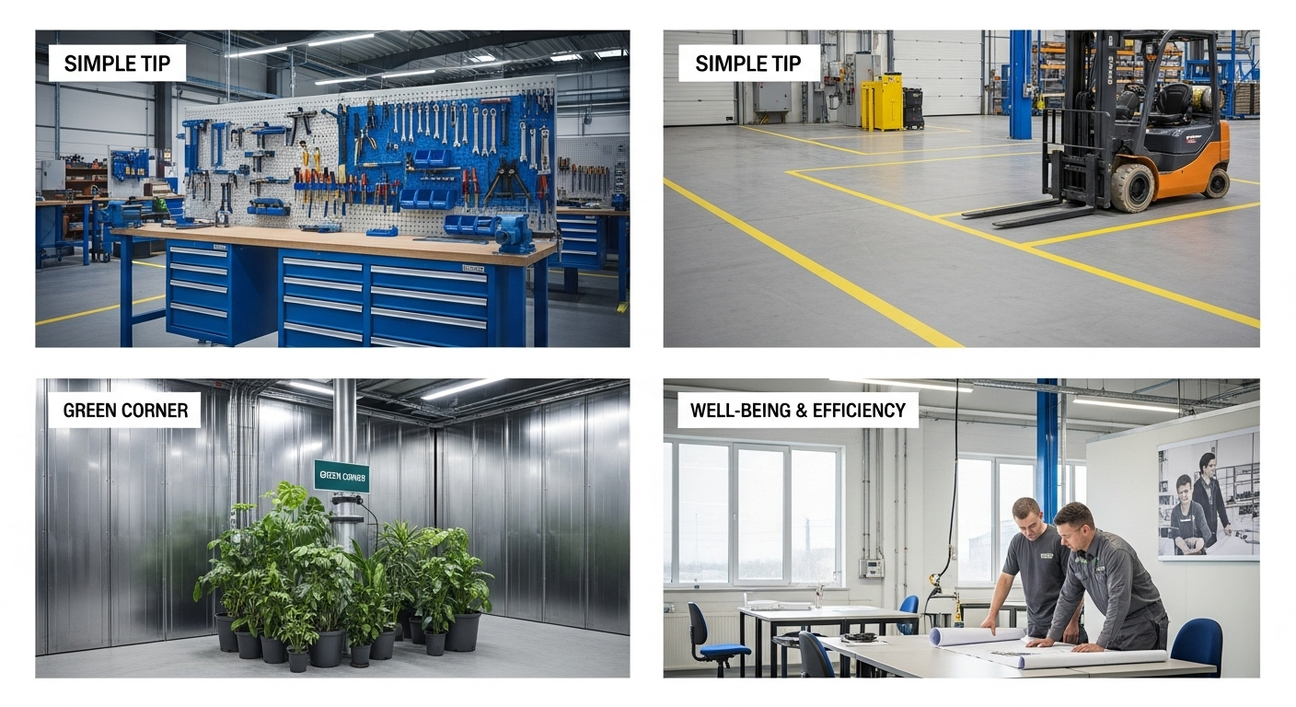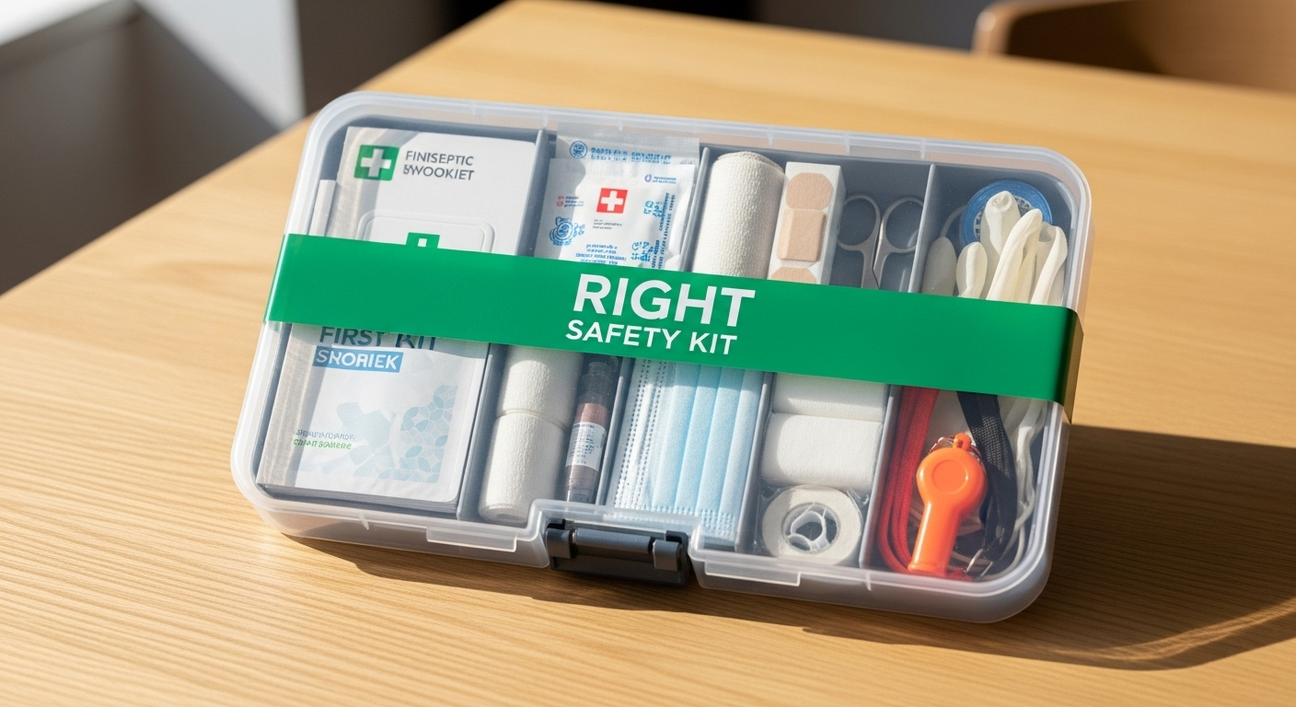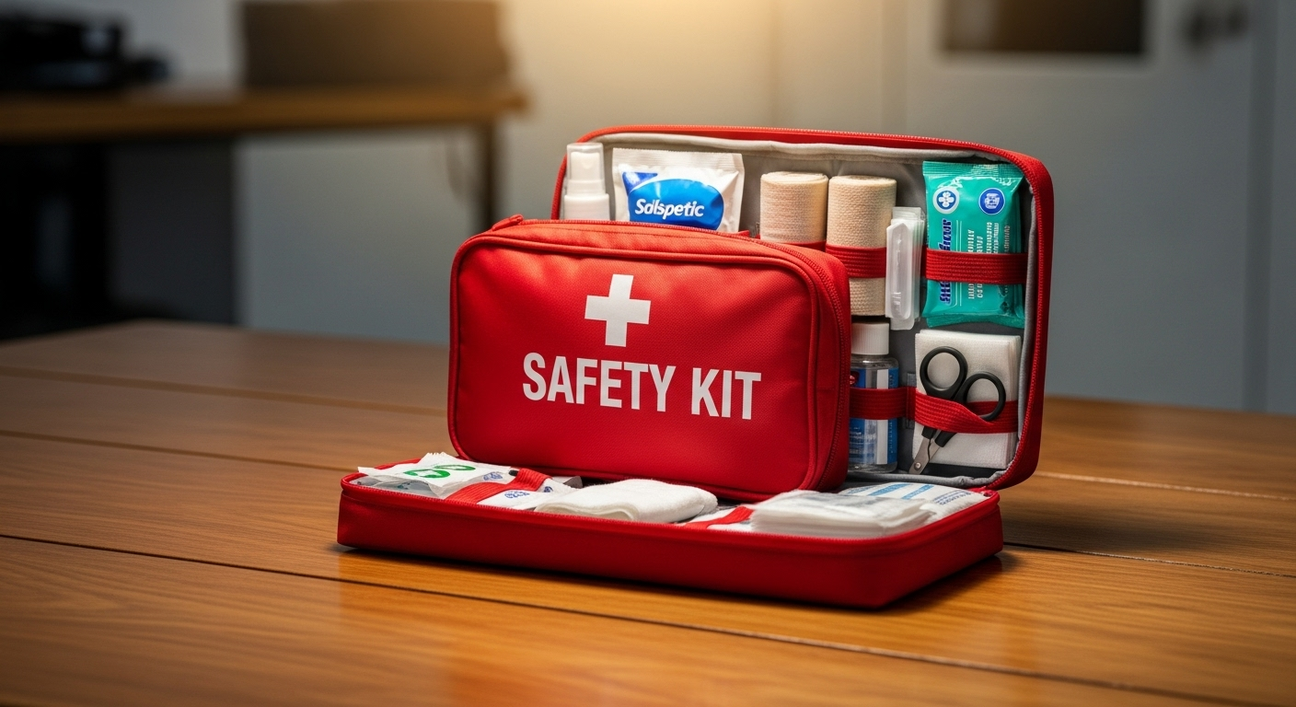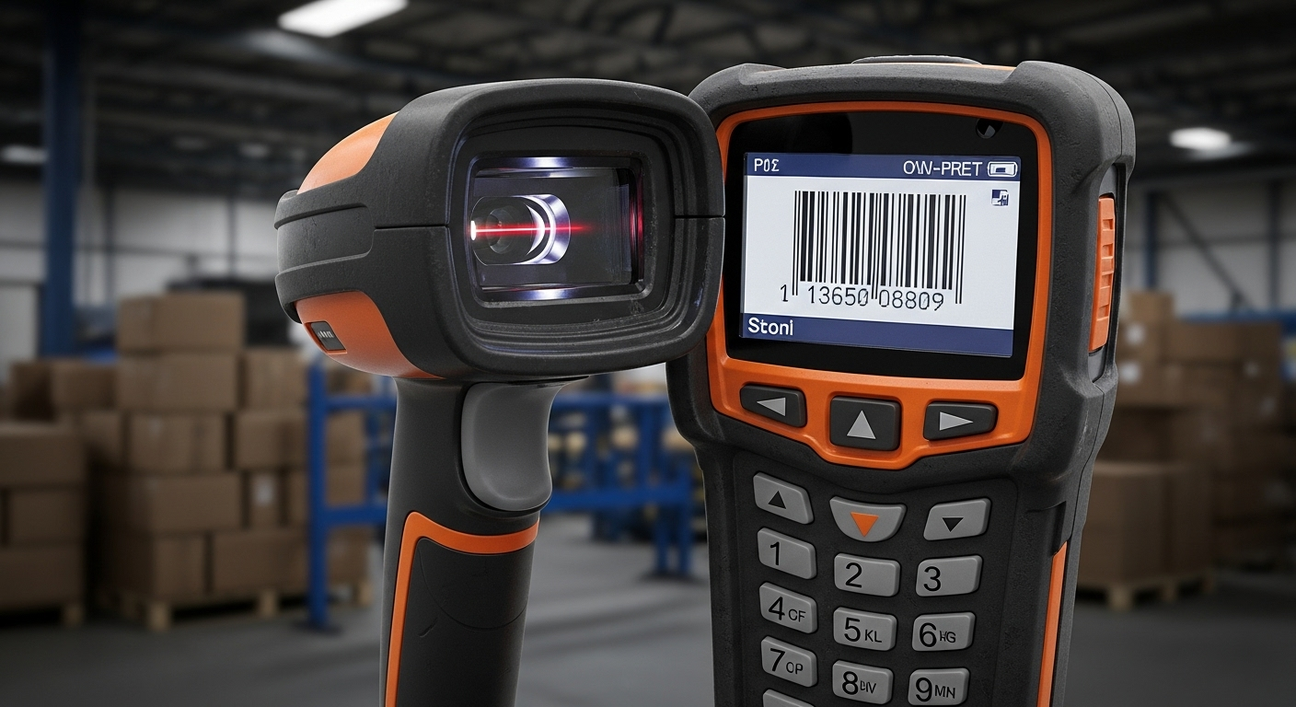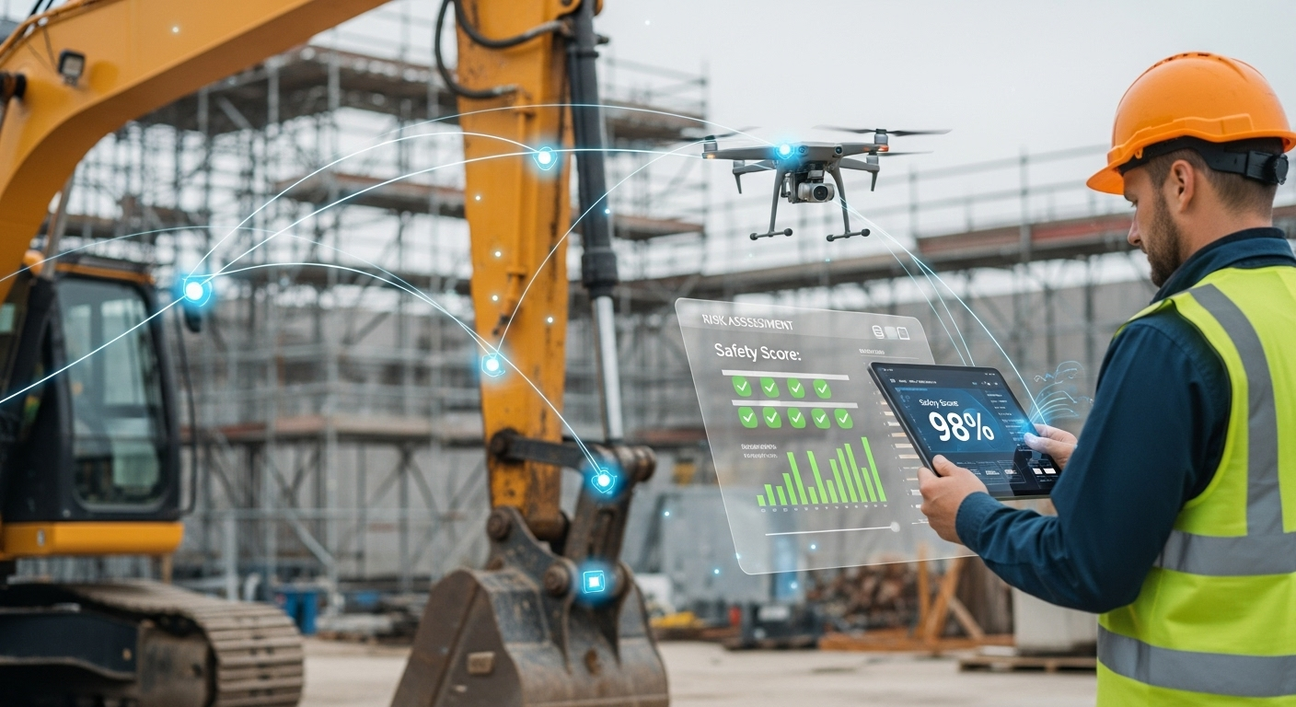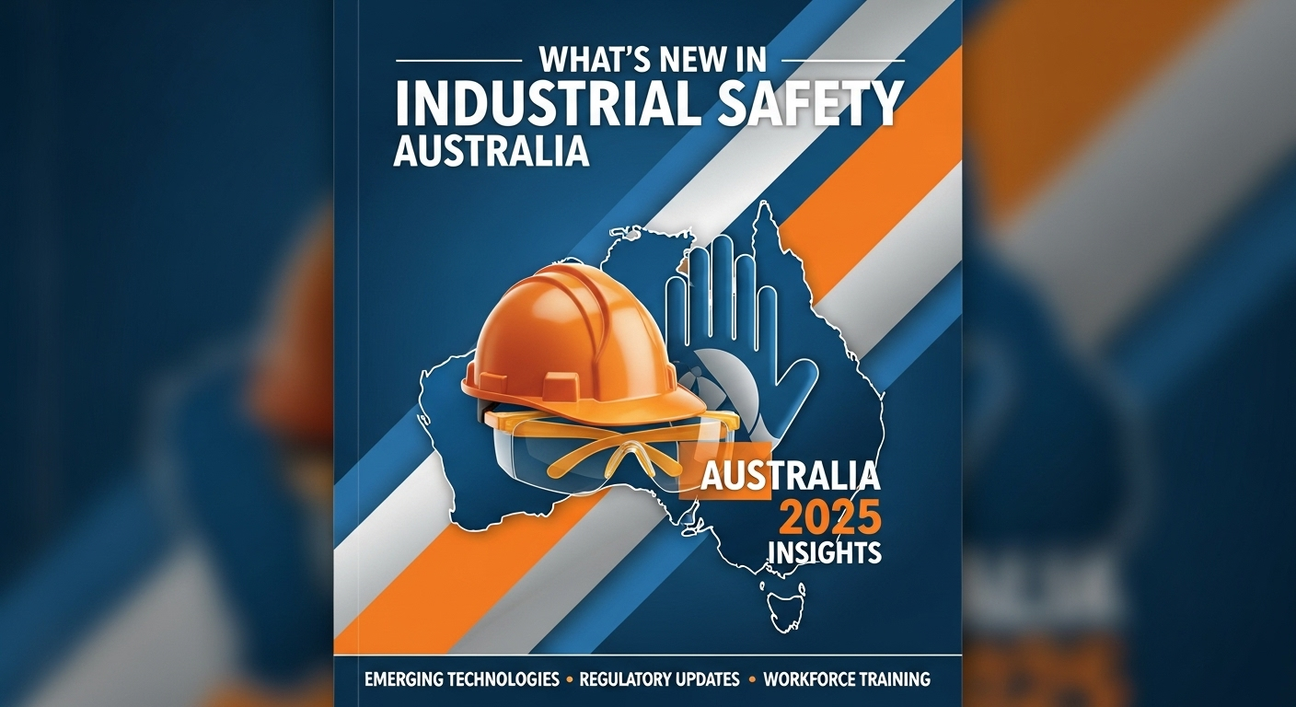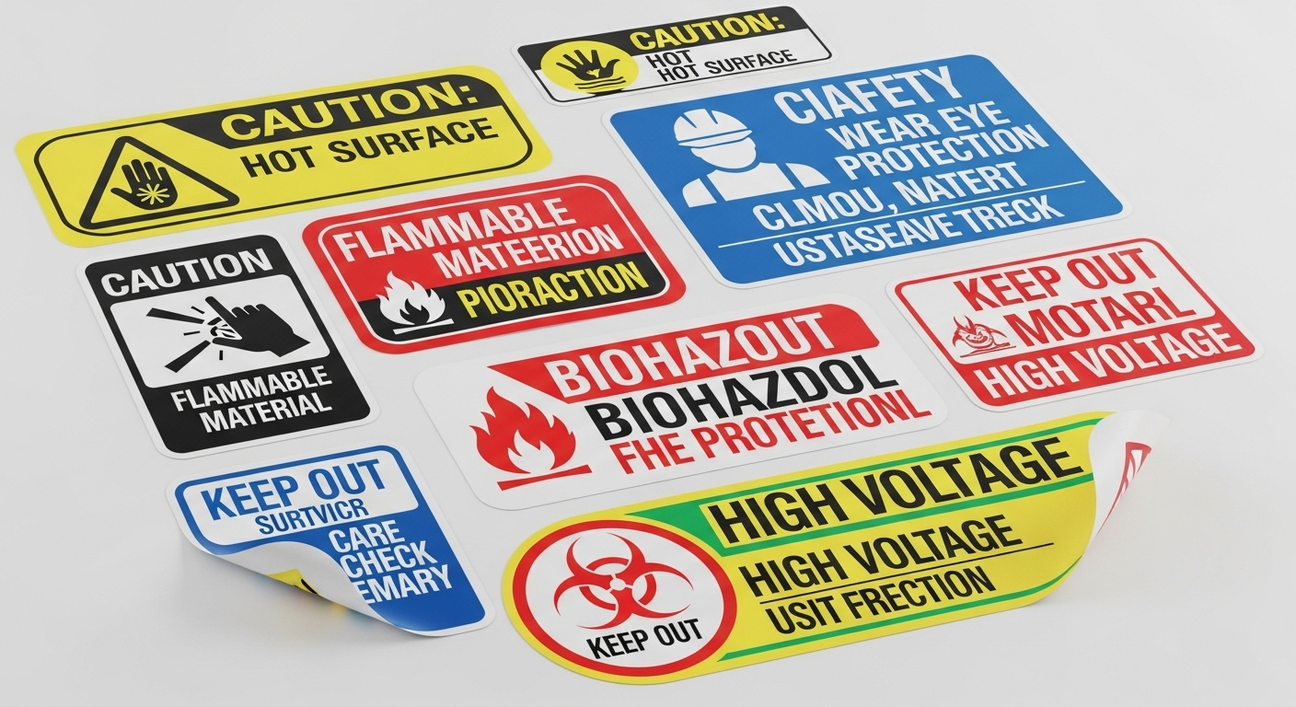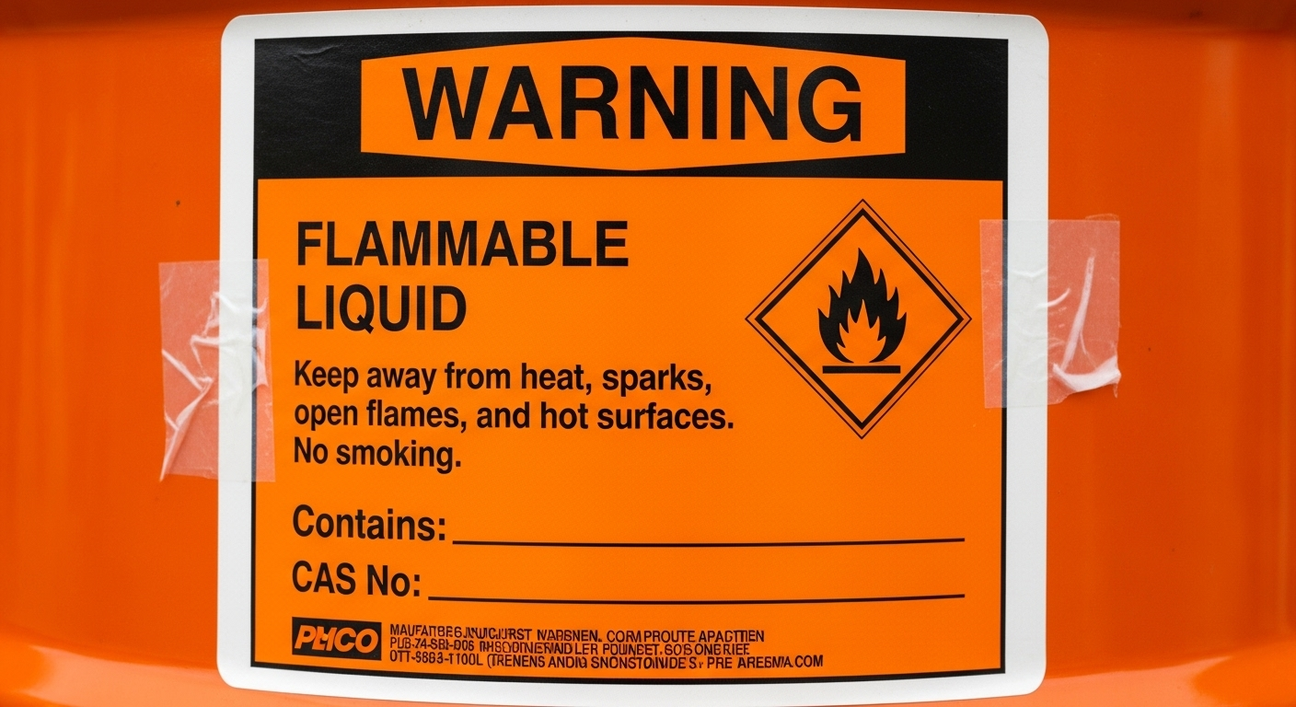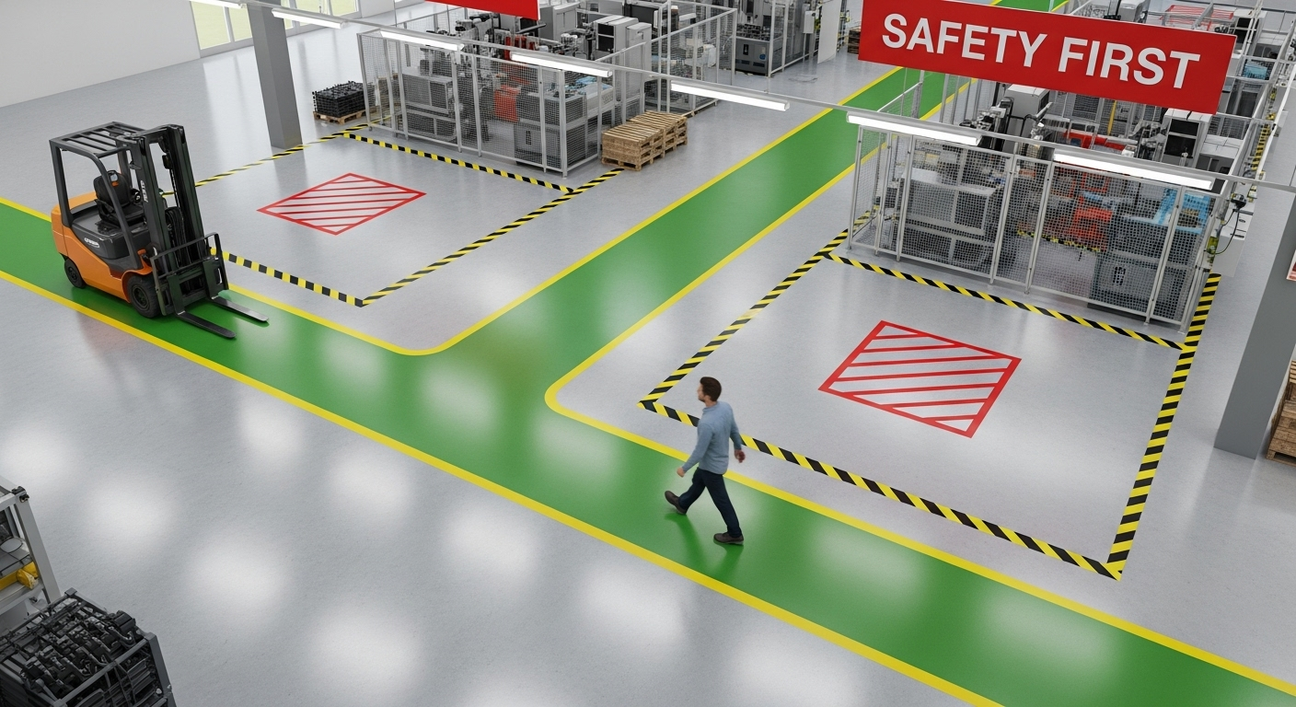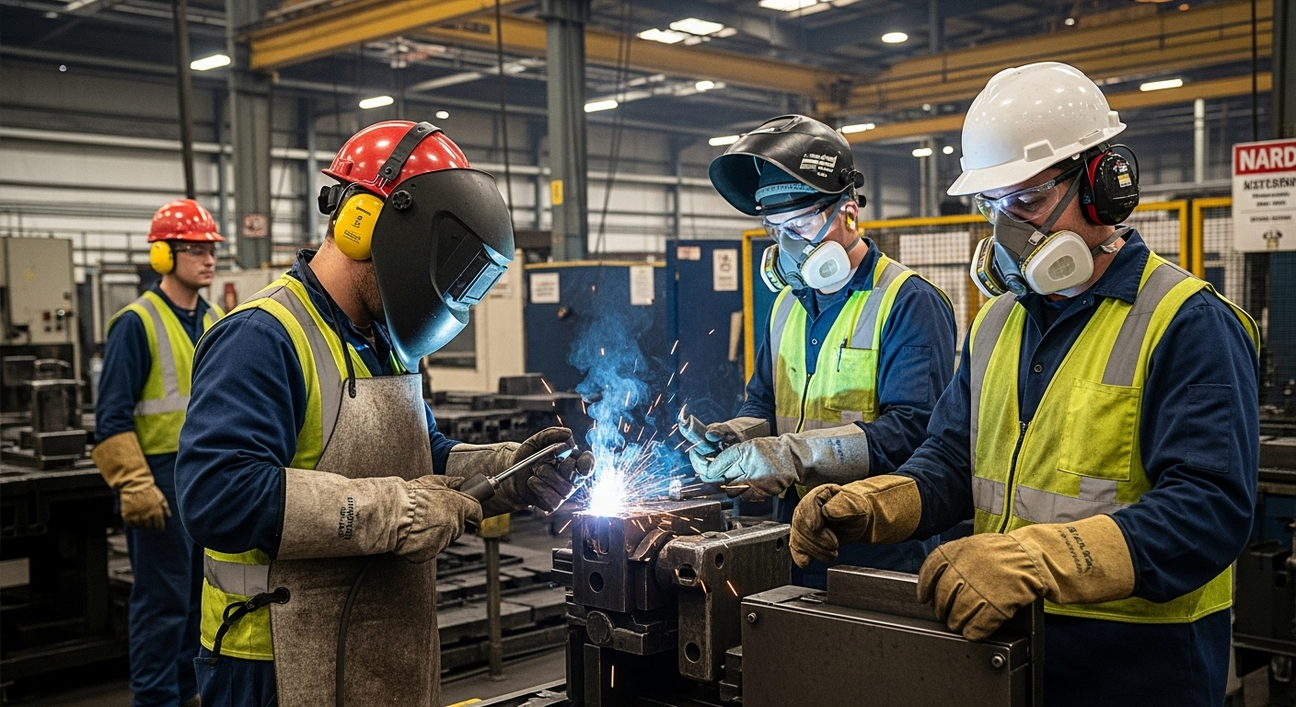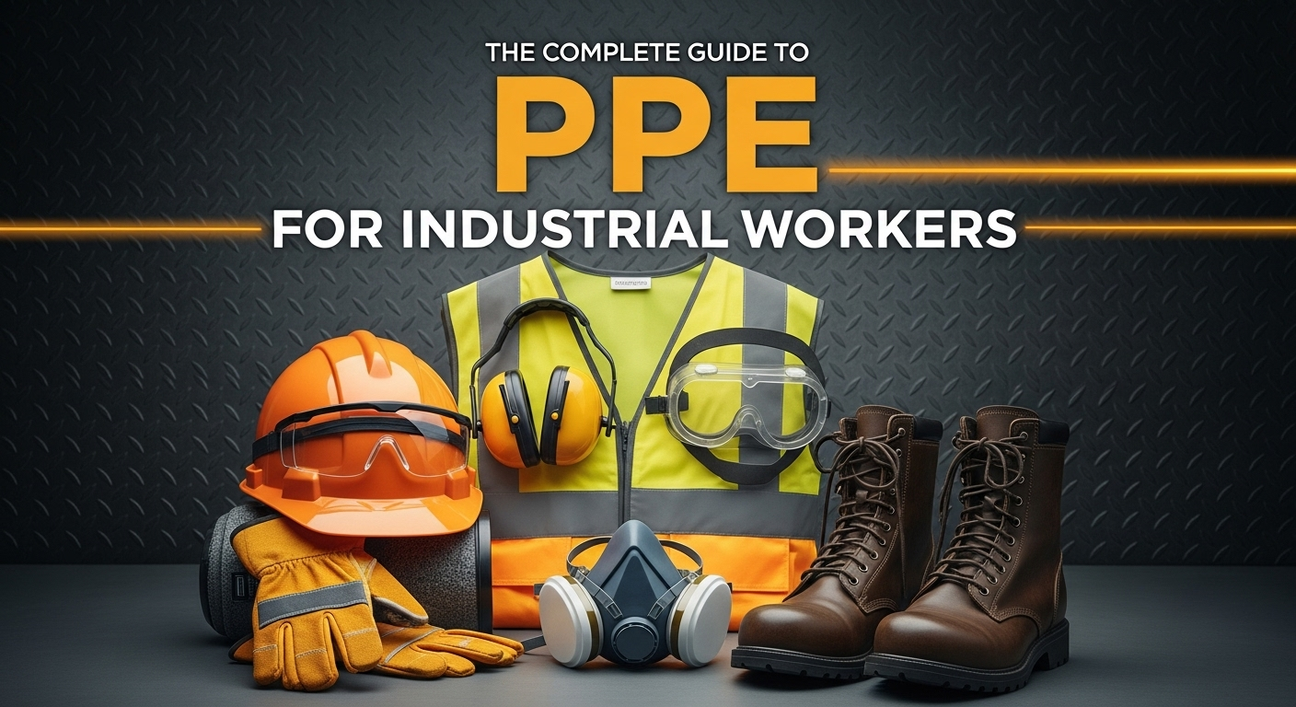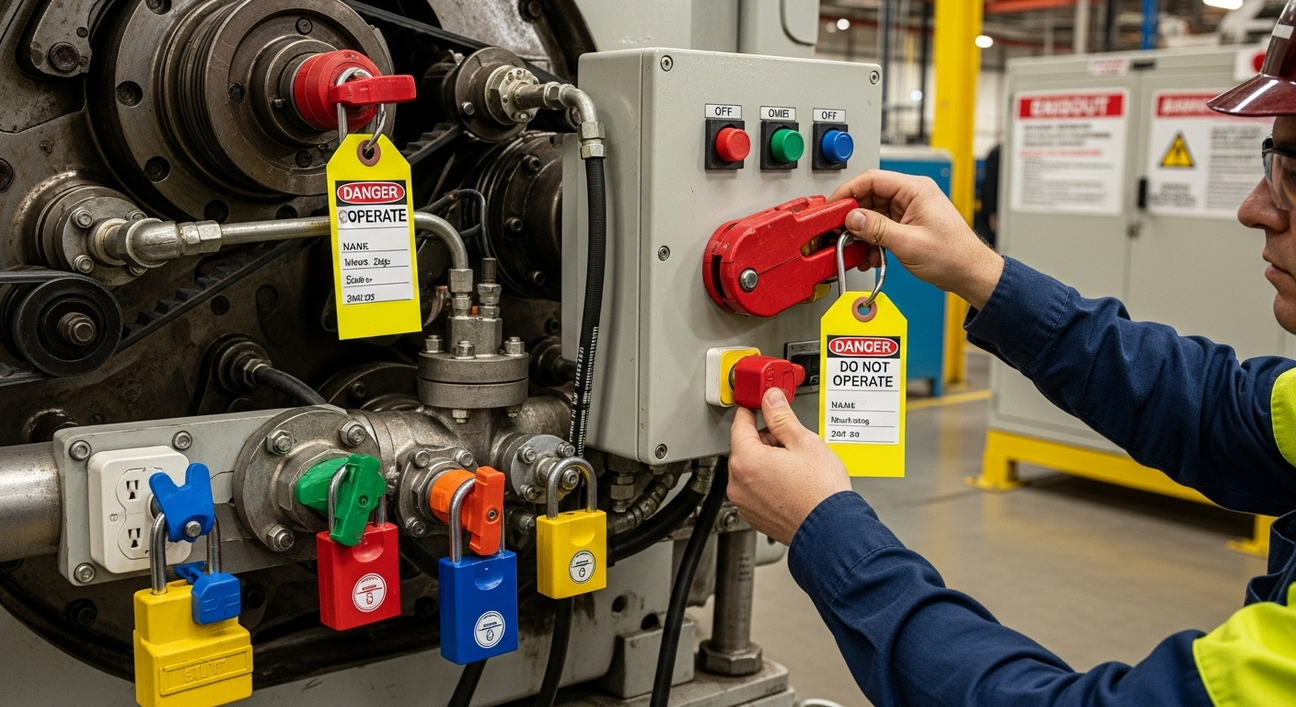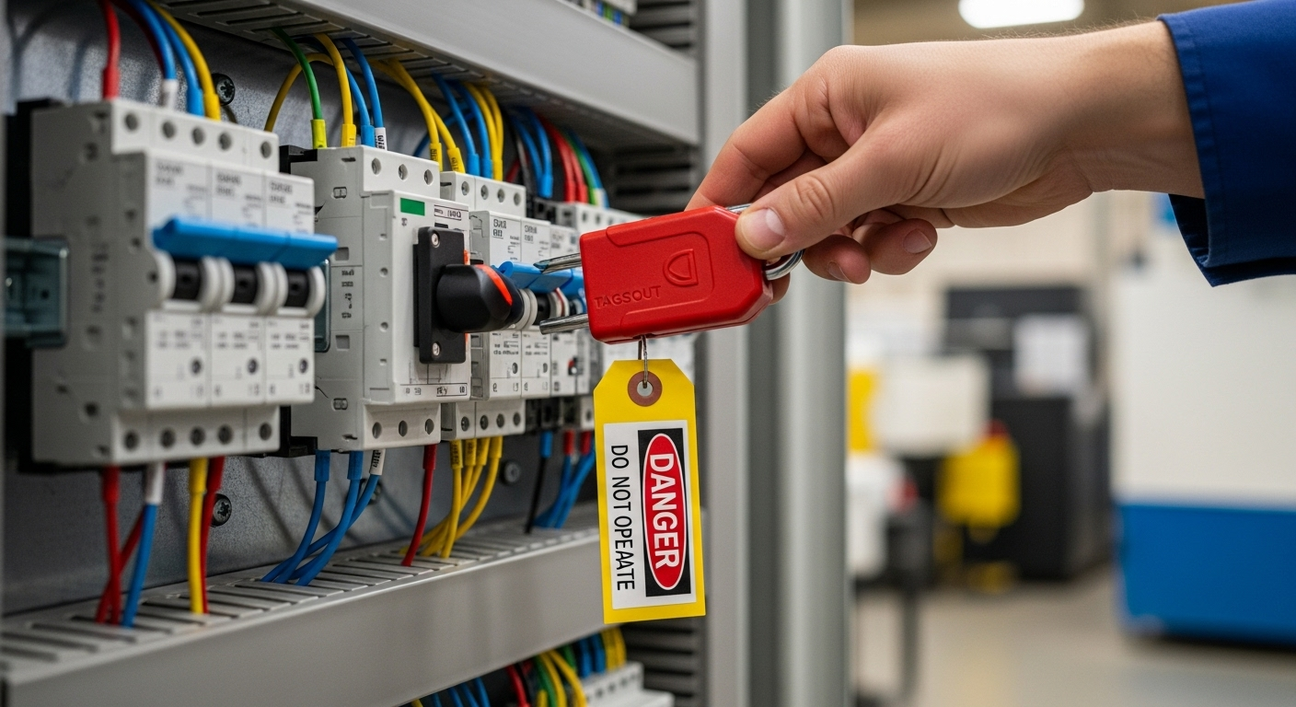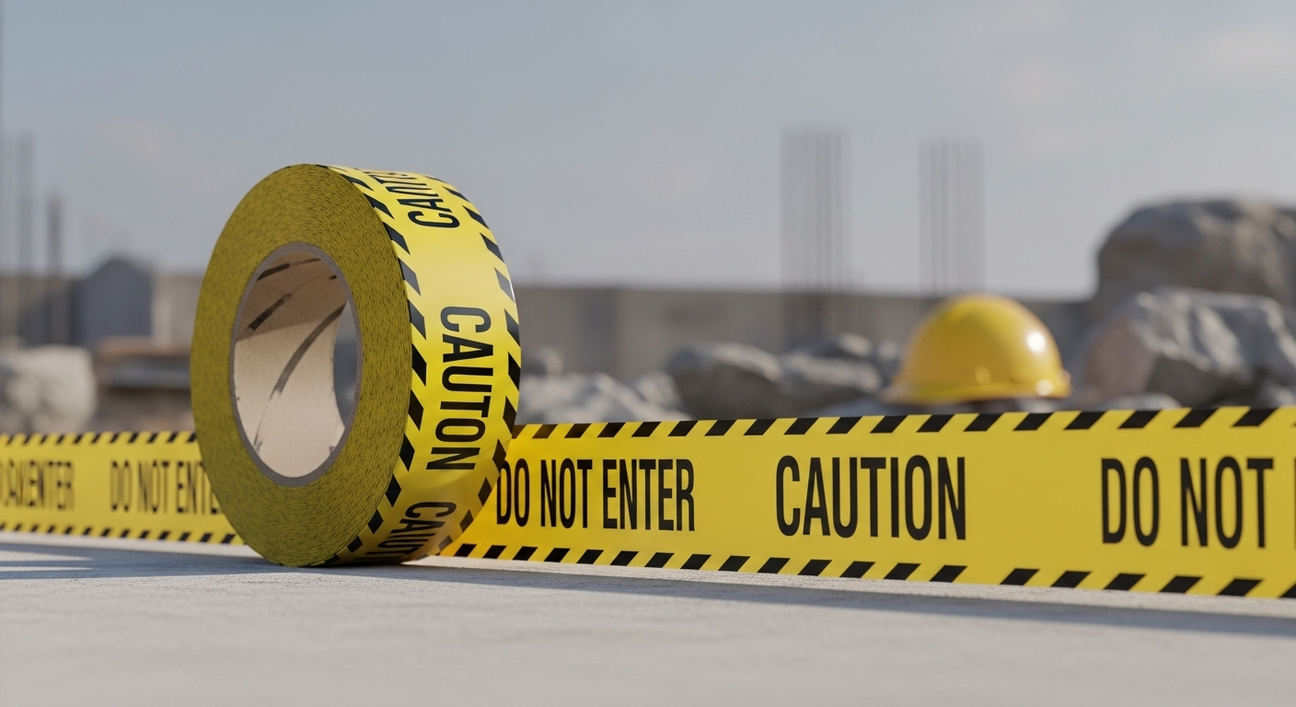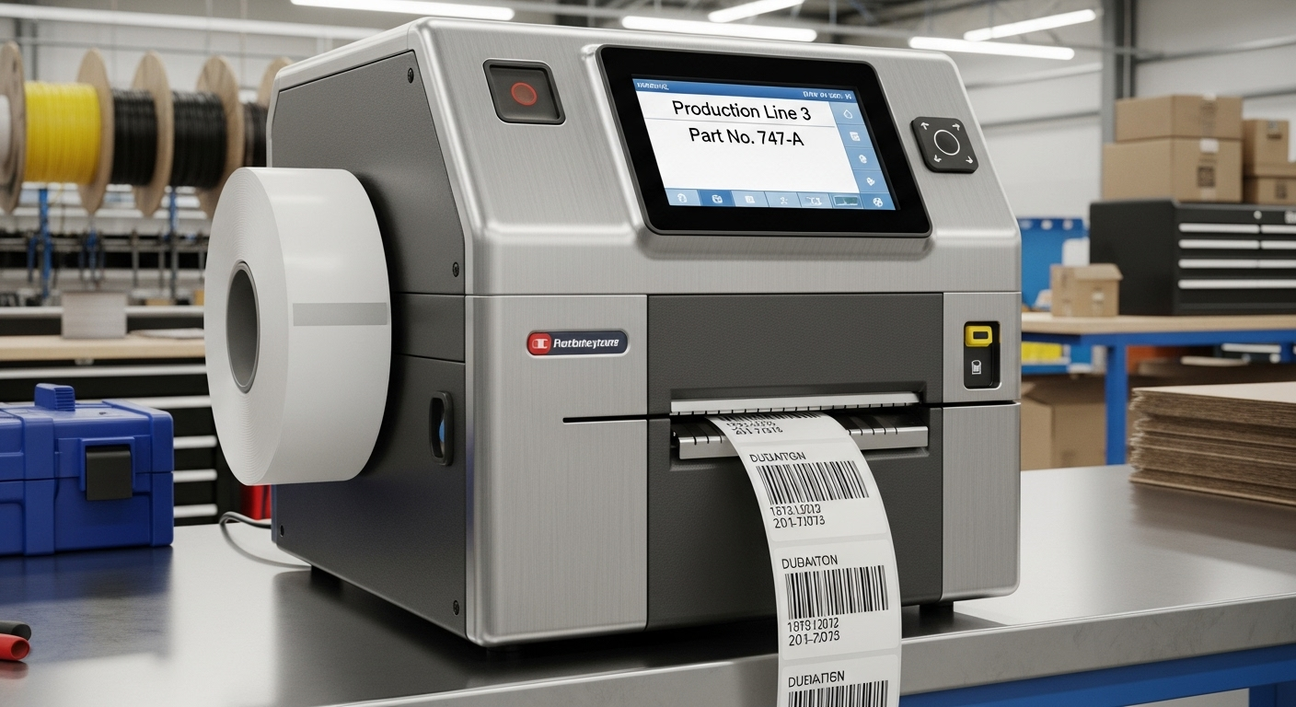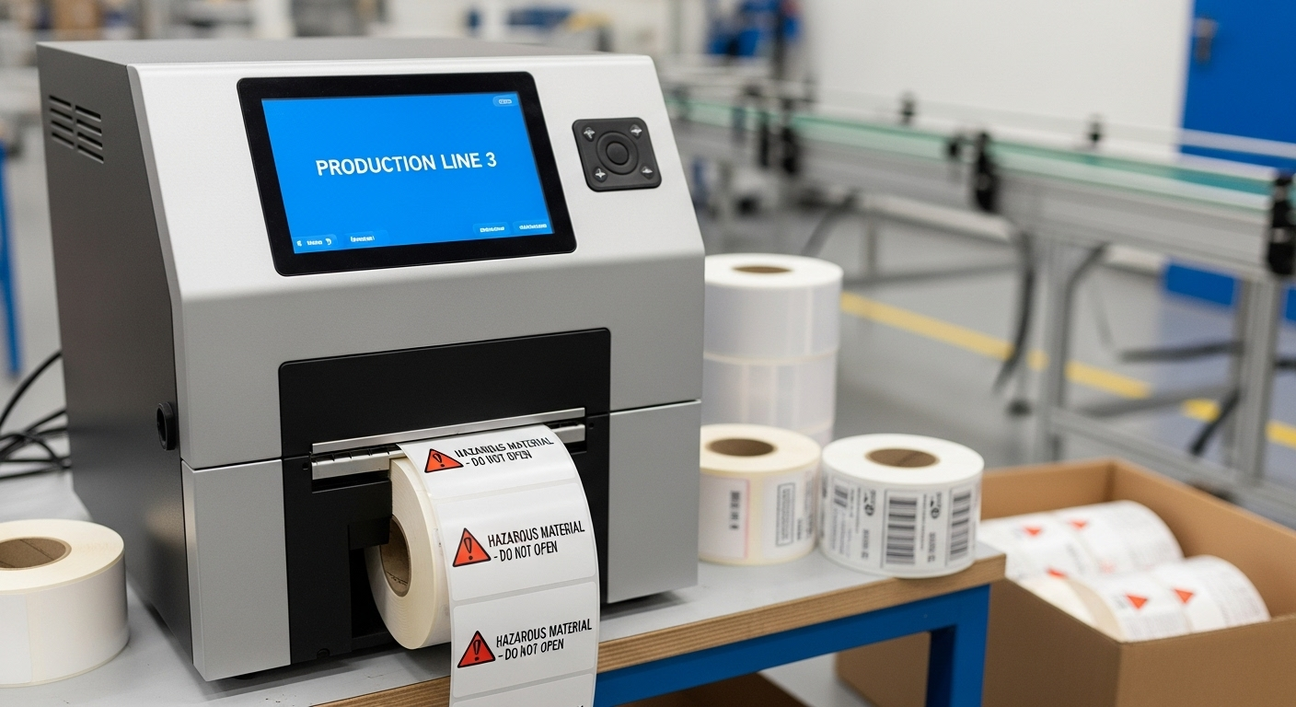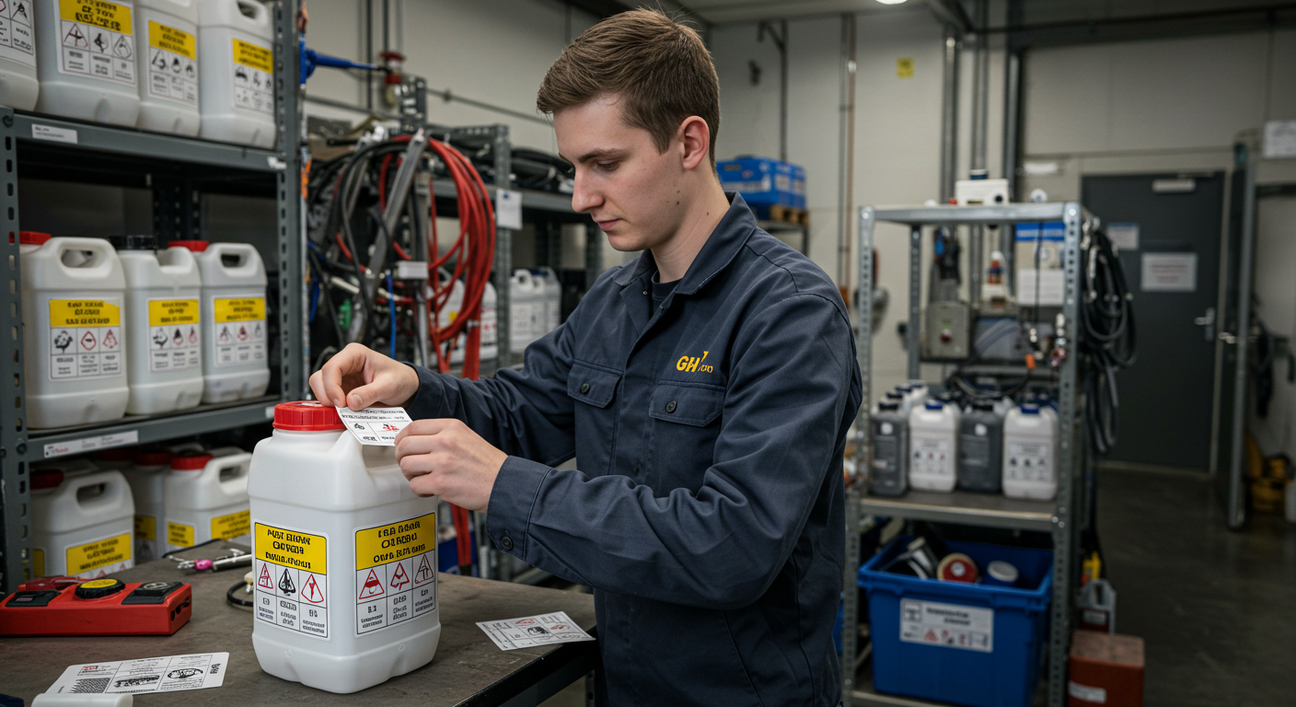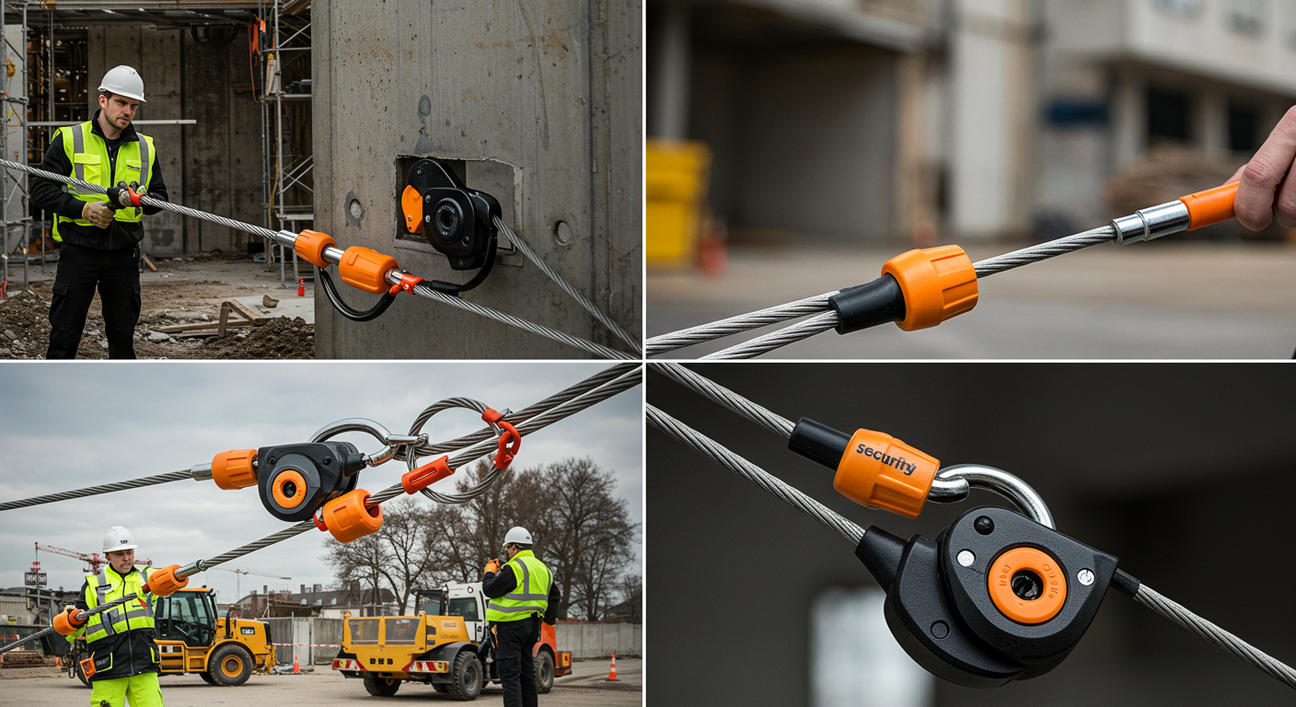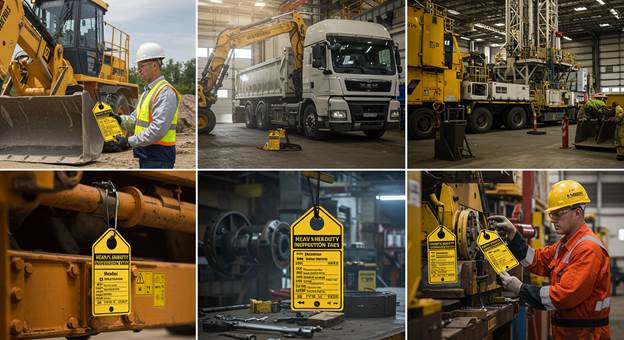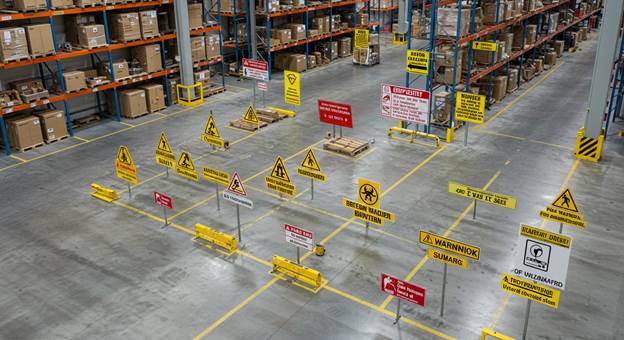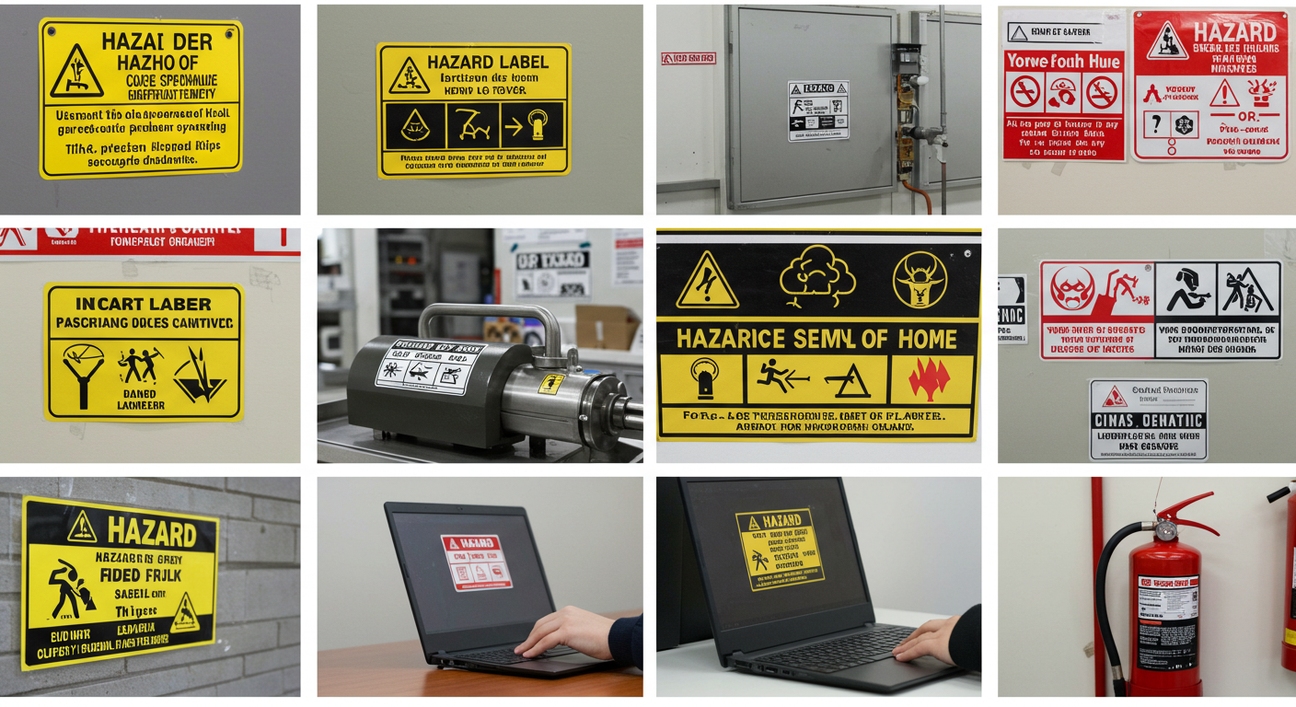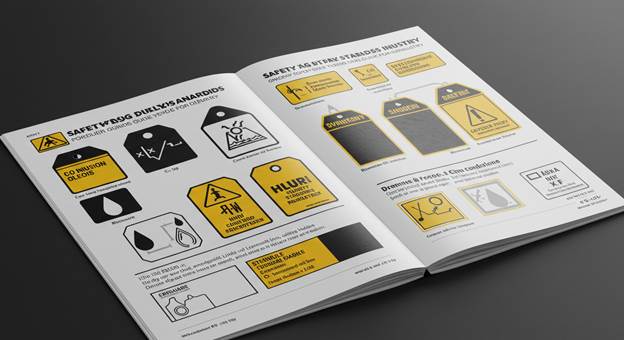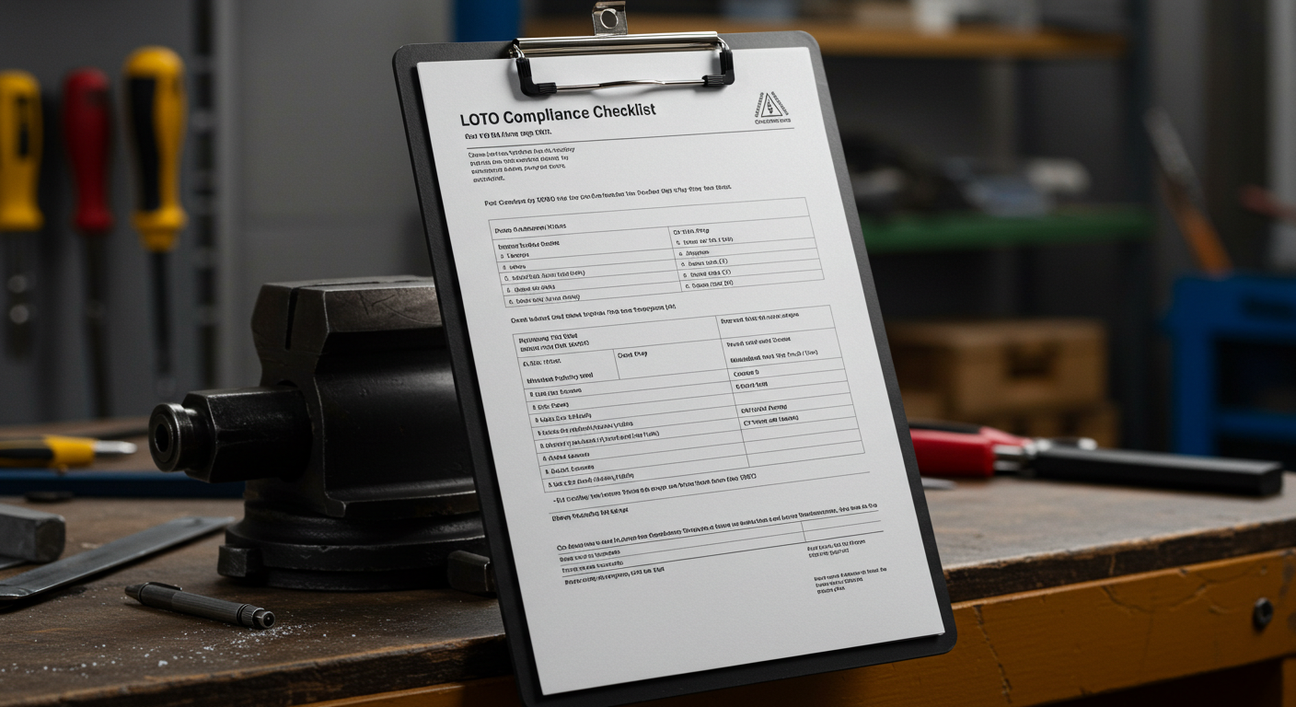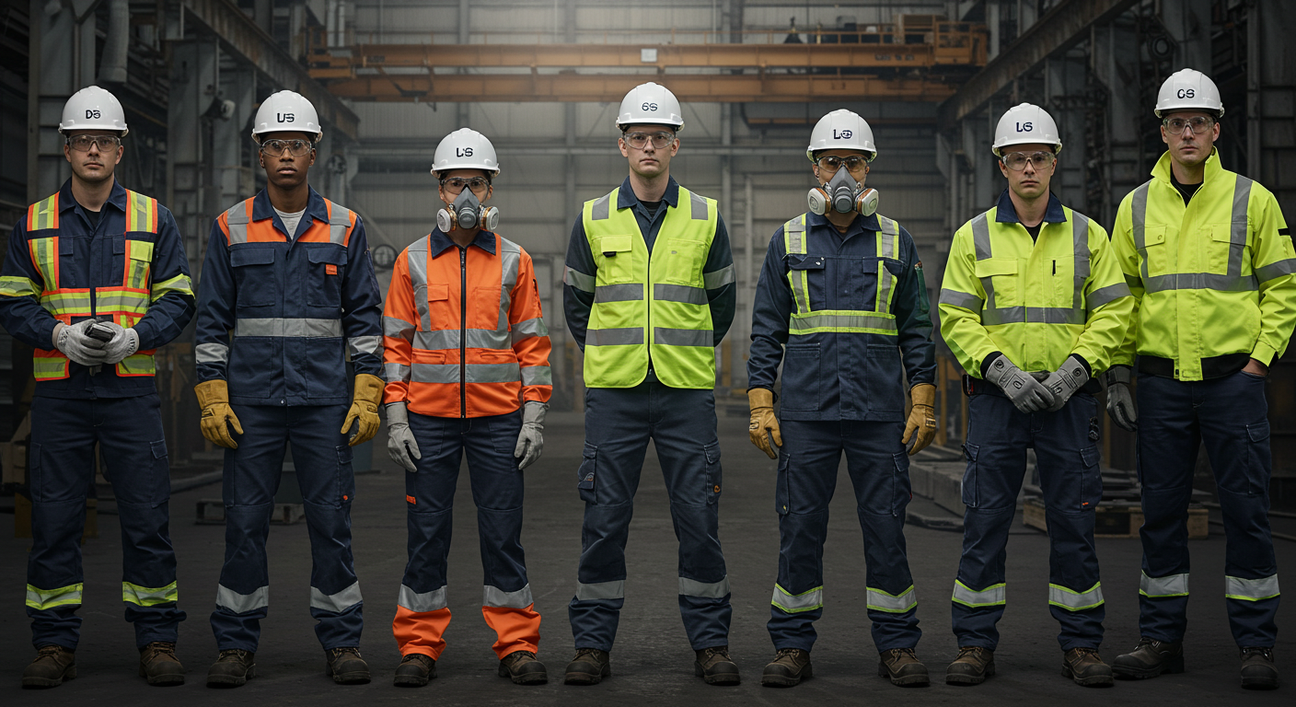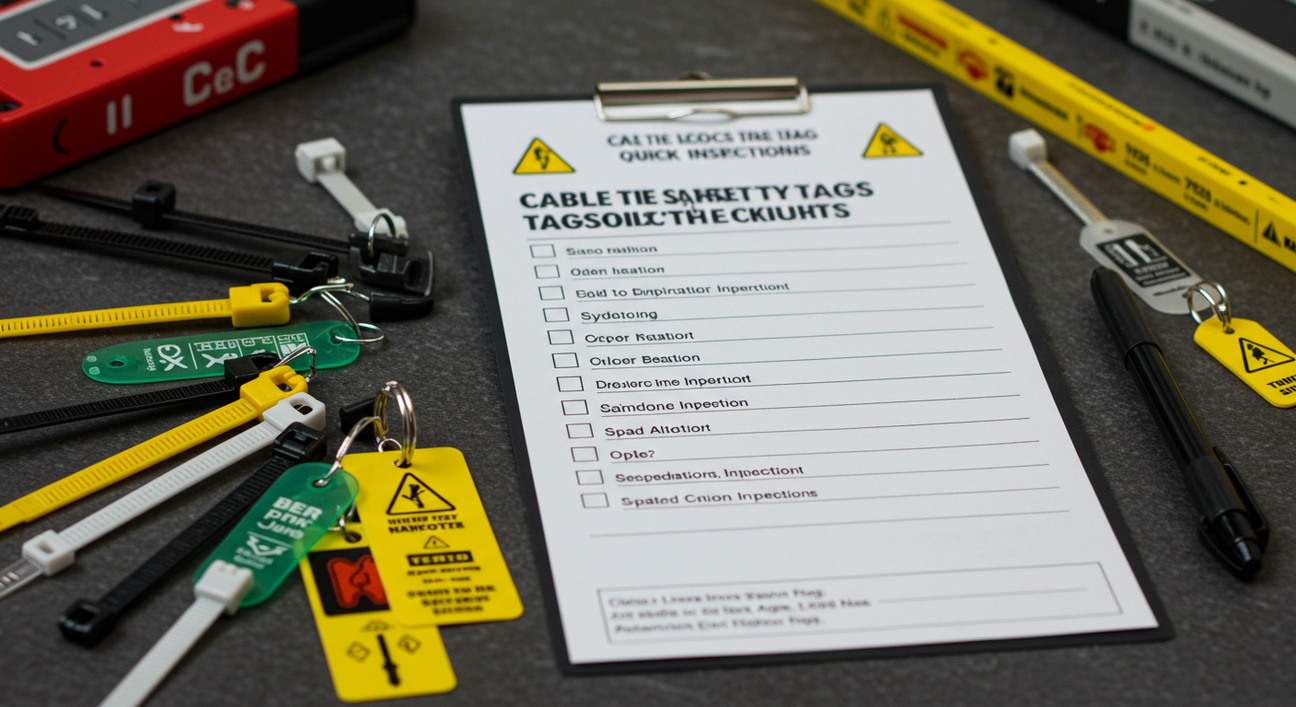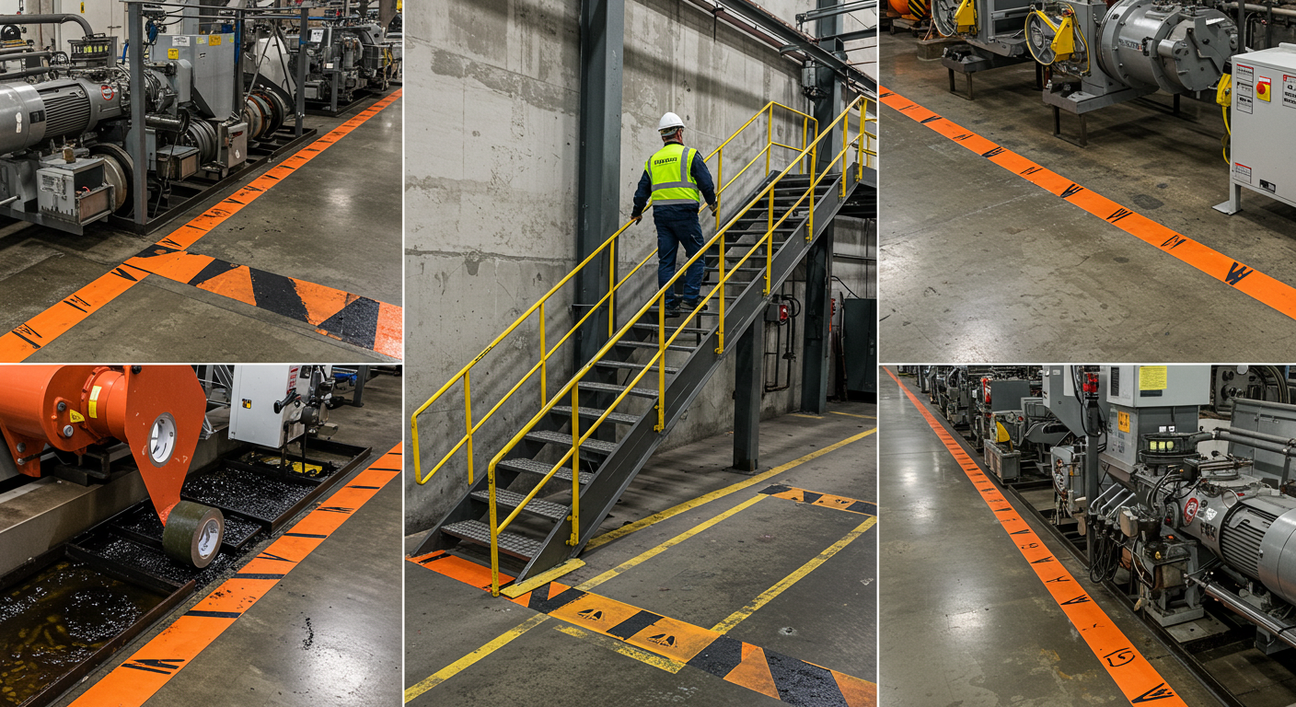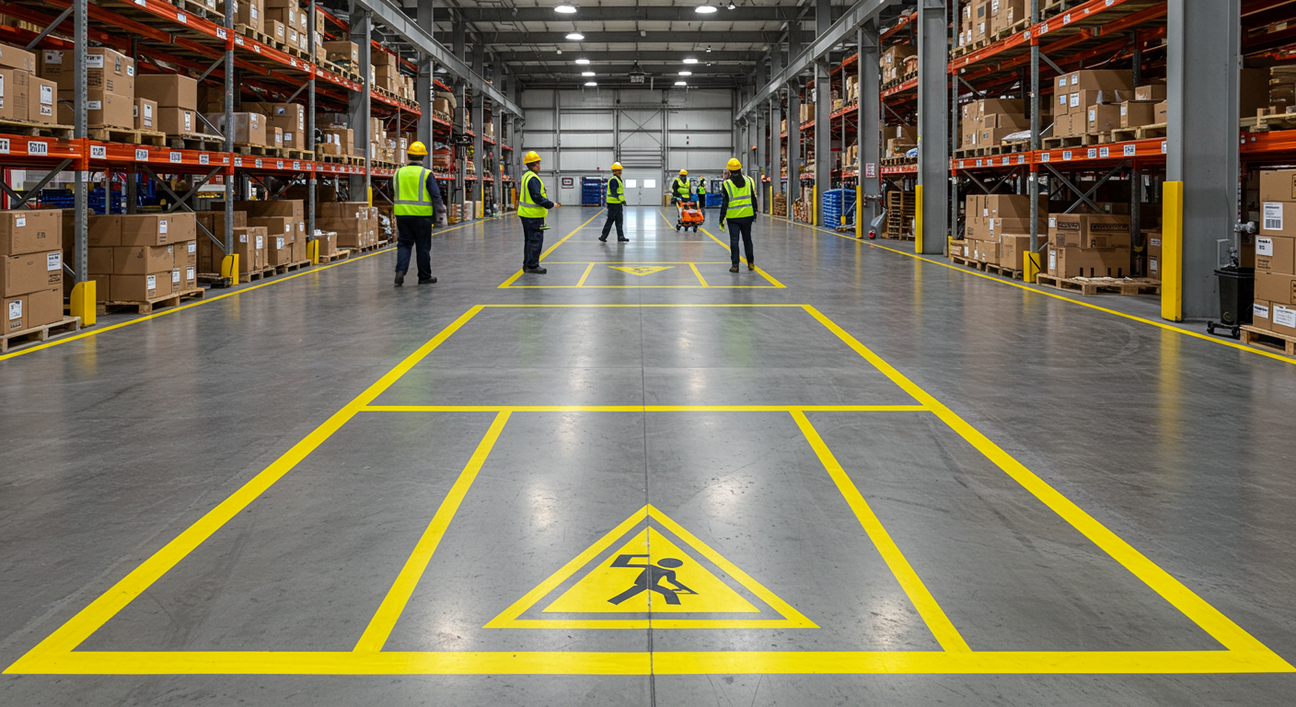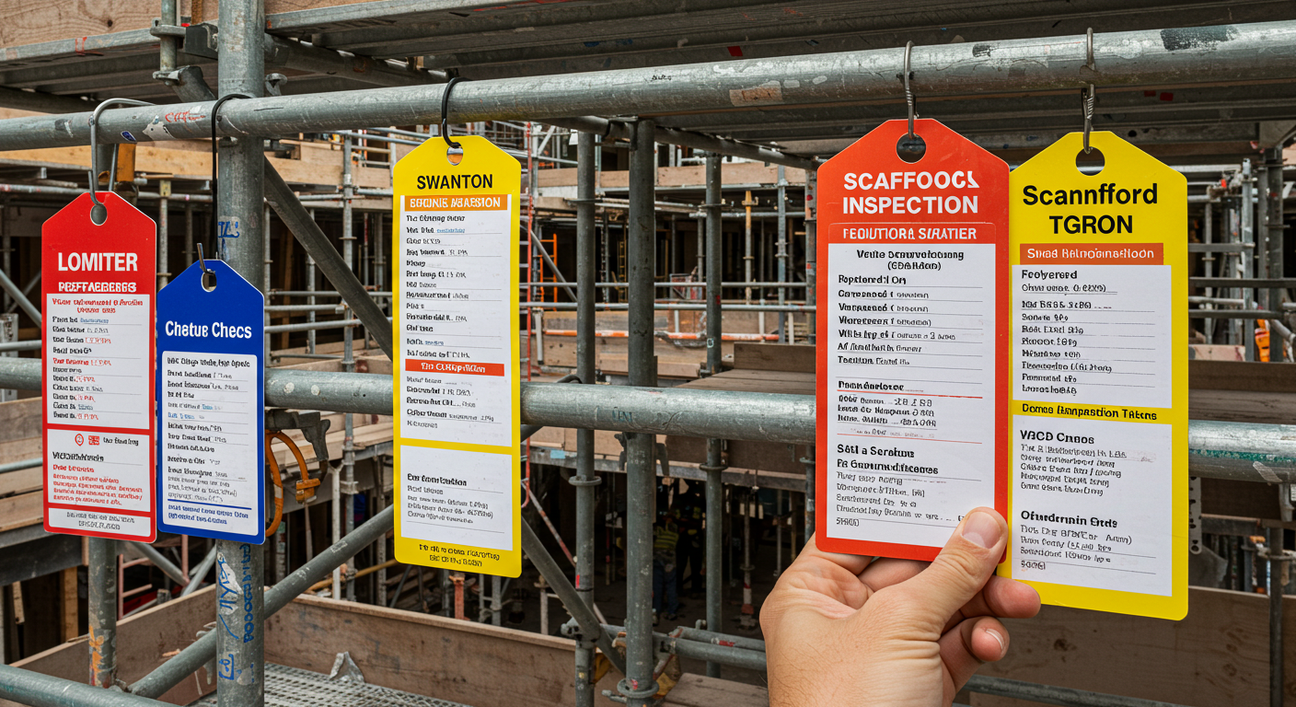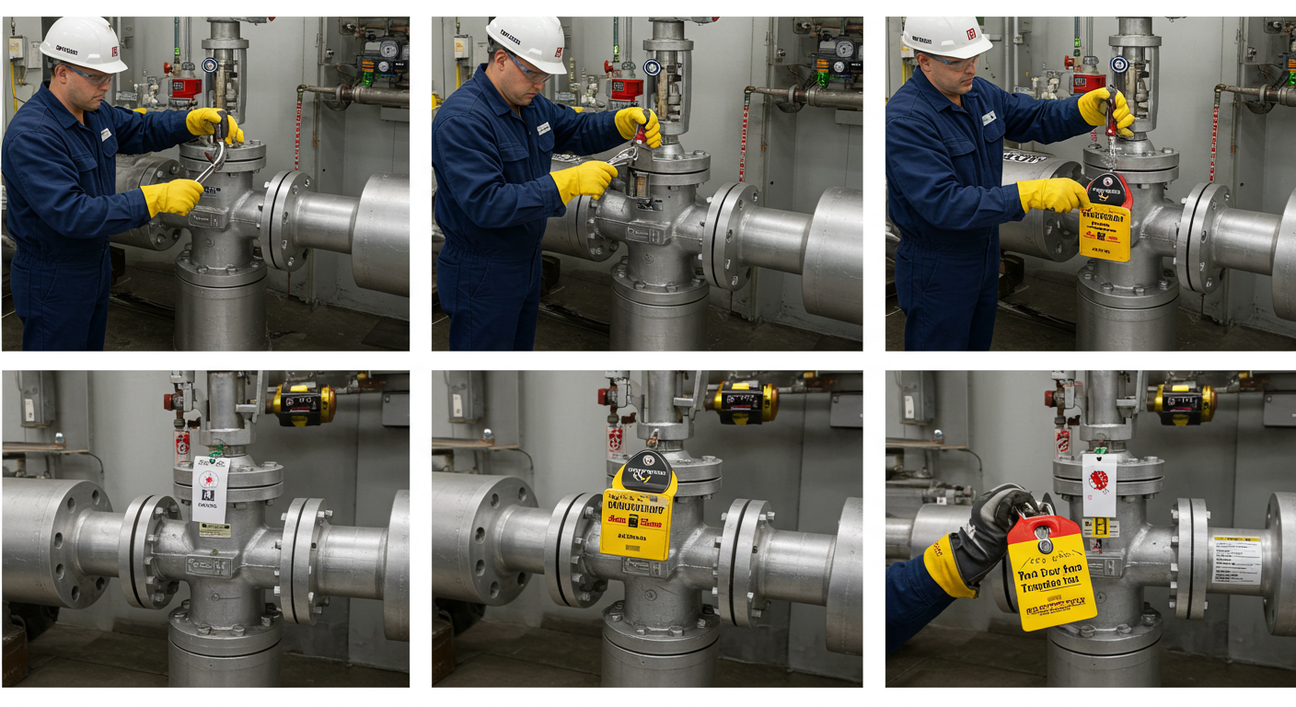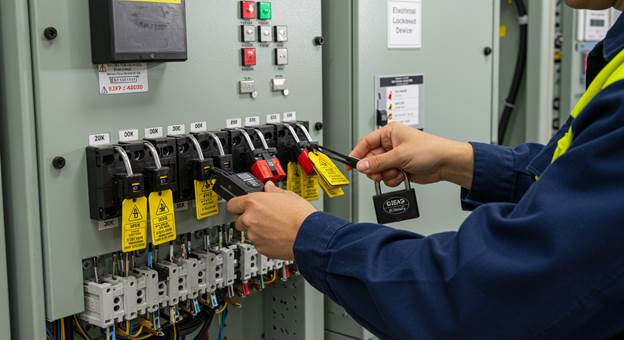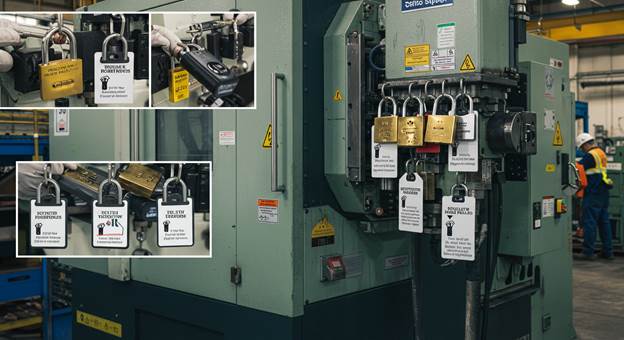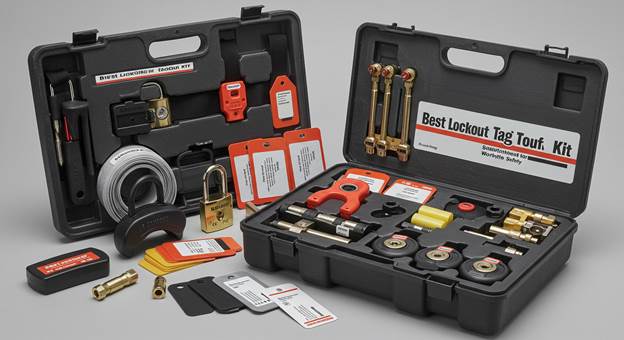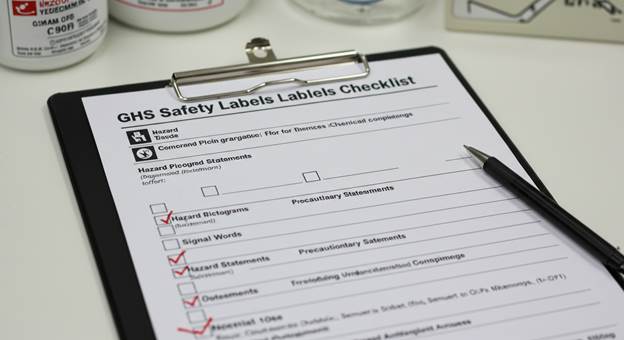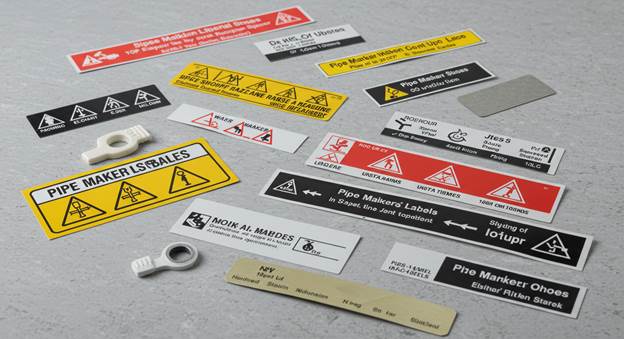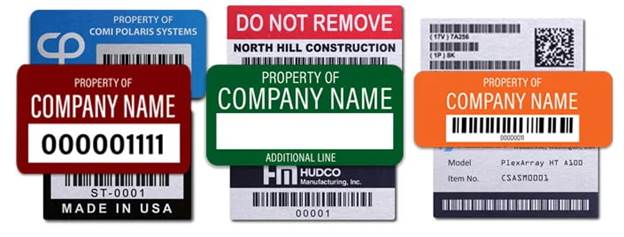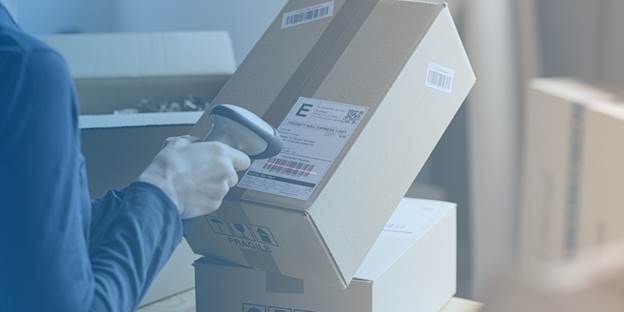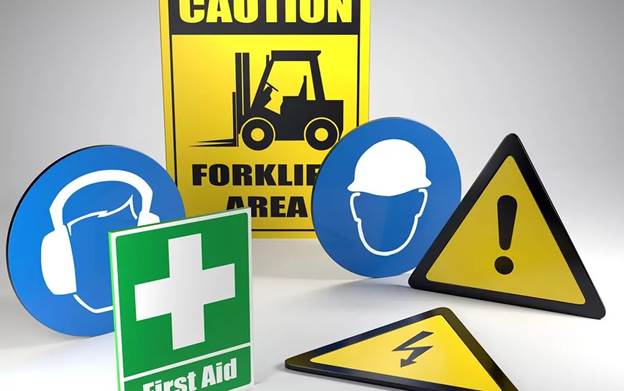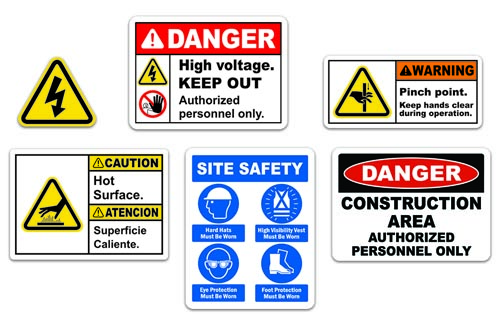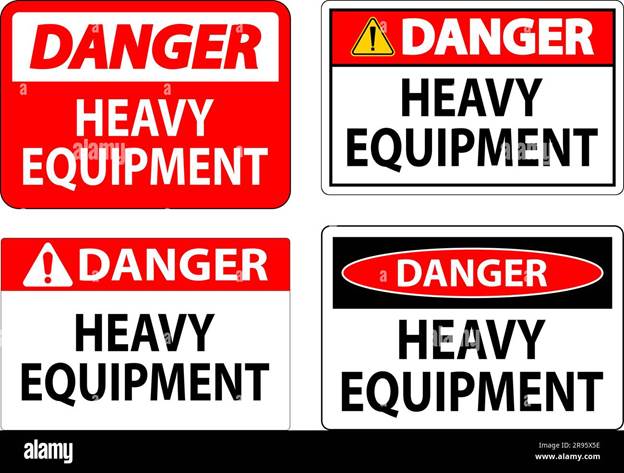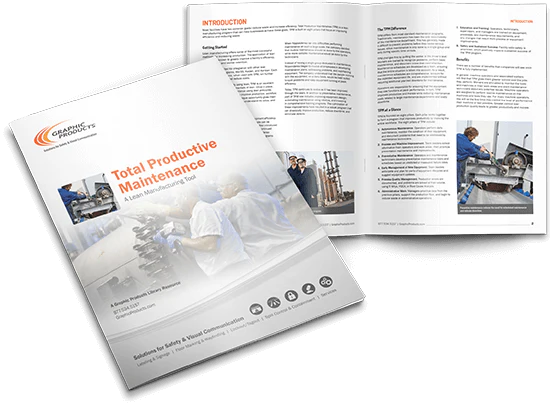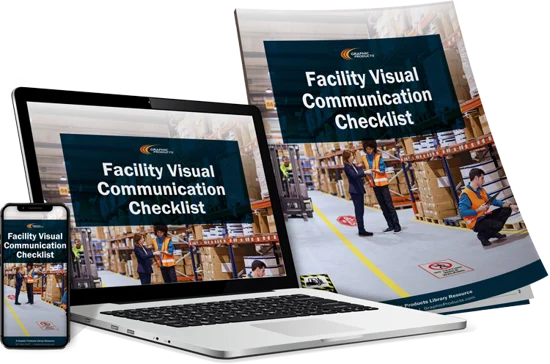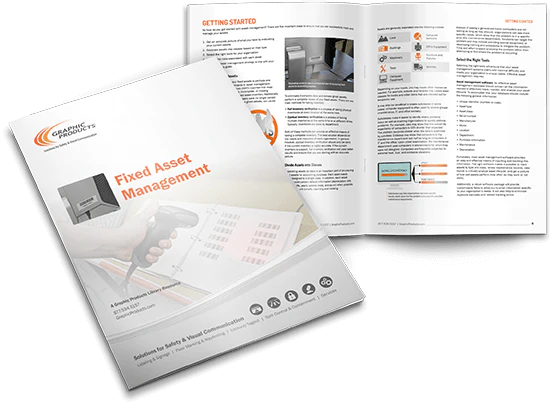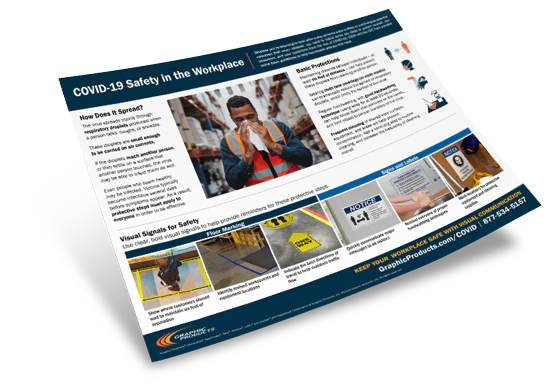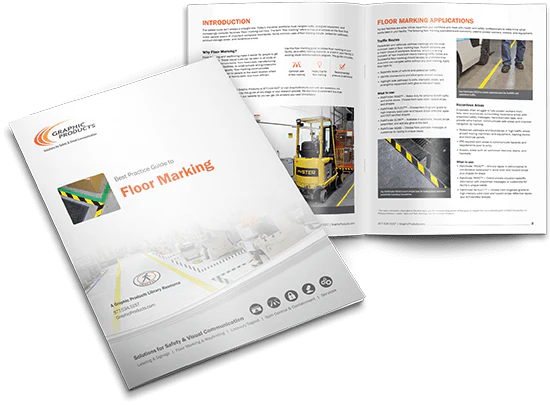High-Visibility Floor Signs Placement Tips for Safety
1. Why Floor Signage Matters in Industrial Safety
In busy warehouse and industrial environments, clear visual cues are the backbone of safety and efficiency. Floor signs, vis signs, and color-coded floor markers guide workers away from hazards and streamline site operations. Consistent usage prevents collisions, alerts staff to danger zones, and enhances workflow.
2. The Psychology Behind High-Visibility Floor Signs
We respond instinctively to impactful visuals. High-vis signs use bright colors—like yellow and orange—and bold lettering so they’re immediately noticeable. Combined with intuitive symbols, these floor indicators ensure people react swiftly and safely.
3. Common Work Zones Requiring Floor Markers
Critical zones that benefit from floor markers include:
-
Forklift pathways
-
Storage racks and staging areas
-
Hazards such as bollards, steps, or low-clearance zones
-
Assembly stations and workbenches
-
Emergency exits and muster points
Tactical use of floor hvc—high visibility color tape—alongside signs keeps zones clear and well-marked.
4. High‑Vis Floor Sign Layout Guide: Where to Place Floor Signs?
A robust high-vis floor sign layout guide recommends:
-
At the start and end of each aisle
-
Near corners and blind spots
-
At equipment change zones
-
Entry and exit points
-
Around fire safety and emergency areas
This covers everyone’s line of sight, giving people clear guidance when they need it most.
5. Are Floor Signs Effective?
Yes—with proper placement, floor signs are highly effective. Studies show visual prompts eliminate up to 50% of forklift-related incidents in marked zones. As long as floor signs and markers are visible and well-maintained, they significantly reduce risk.
6. Essential Guidelines for Floor Safety Sign Application
-
Clean the surface thoroughly before applying
-
Use industrial-grade adhesive materials
-
Include visual icons with text
-
Ensure signs are flat and free of air bubbles
-
Apply pressure to adhere consistently
This ensures signs remain secure even under heavy warehouse use.
7. How to Pair Floor Signs with Floor Marking Tape
Blending floor signs with floor marking tape enhances clarity:
-
Use colored tape to establish lanes
-
Place signs at intervals (e.g., every 5 meters)
-
Include arrows for traffic direction
-
Use tactile floor hvc for loading zones or ramps
A combined system makes navigation intuitive and safe.
8. Choosing Durable High-Vis Materials That Last
In industrial settings you need:
-
PVC or epoxy coatings for resistance
-
Colors designed to resist wear and weather
-
Anti-slip surfaces for wet zones
-
UV protection for outdoor use
High-quality floor markers and high‑vis signs stand the test of heavy use and environmental stress.
9. Mistakes to Avoid When Using Floor Signs
Avoid these pitfalls:
-
Placing signs over cracks or damaged floors
-
Crowding too many indicators in one zone
-
Using low contrast colors that blend in
-
Ignoring regular maintenance and inspections
A clear, uncluttered layout ensures effective visual guidance.
10. Archford’s Role in Floor Safety Solutions
Archford offers industrial-grade floor signs, high‑vis floor sign setup guides, and complementary products like tape, corner markers, and adhesives. All their solutions are tested for heavy use and alignment with safety standards—ideal for Australian facilities.
11. How to Train Staff on Floor Sign Awareness
Ensure your team understands floor visual systems through:
-
Inductions featuring real-life hazard scenarios
-
Safety drills that simulate foot and forklift traffic
- Teamwalk audits to check floor layout integrity
-
Quick refresher sessions when signs are updated
Training bridges the gap between placement and real-world compliance.
12. Maintenance: Keeping Floor Signs Working Long Term
-
Conduct monthly inspections
-
Clean sticky substances immediately
-
Replace damaged or faded signs promptly
-
Check adhesion along edges for lifts or tears
-
Update layouts when workflows change
Routine care keeps your floor layout safe and easy to follow.
Top Labeling and Tagging Tips for Industrial Safety Compliance
|
Tips / Guide Summary |
|
|
Use ANSI/ASME color codes and arrows for clear pipe content and flow identification. |
|
|
Ensure all chemical containers follow GHS pictograms and signal words consistently. |
|
|
Place labels where they’re visible and durable; include signal words like DANGER/CAUTION. |
|
|
Follow Australian GHS standards using appropriate tags, labels, and SDS references. |
|
|
Choose rugged, weatherproof tags that meet ISO or OSHA requirements. |
|
|
Always update scaffold tags post-inspection; use color-coded tags for clarity. |
|
|
Best for mining, construction, and oil & gas where tags endure rough conditions. |
|
|
Tag cables in electrical panels, machinery, and HVAC systems to reduce misidentification. |
|
|
Use floor and wall signs for forklift lanes, exits, and hazard zones. |
|
|
Place near entrances, intersections, and blind spots to enhance worker alertness. |
13. Final Thoughts
Effective floor signage is more than just a visual aid—it’s a key part of a smart safety system. High‑visibility floor signs, vis signs, and durable floor HVC help guide traffic, highlight hazards, and improve overall safety.
To make them truly effective, ensure signs are placed correctly, maintained regularly, and supported by staff training. Outdated or unclear signage can lead to confusion and risk.
With trusted products from Archford, your site can stay compliant, organized, and safe. Smart floor signage isn’t just helpful—it’s essential.
Frequently Asked Questions
Q1: Where to place floor signs?
Place them at walkways, equipment zones, near corners, and staging areas—where safety matters most.
Q2: Are floor signs effective in wet or oily conditions?
Yes—as long as you select floor markers with anti-slip surfaces and appropriate adhesives.
Q3: How often should I replace floor signs?
Typically annually, or sooner if signs are worn or begin to peel.
Q4: Can floor signs accommodate heavy forklift traffic?
Absolutely—choose industrial-grade materials tested for heavy load zones.
Q5: Do I need both high-vis signs and tape?
Yes—a combined high-vis signs and tape approach delivers layered safety and clarity.

